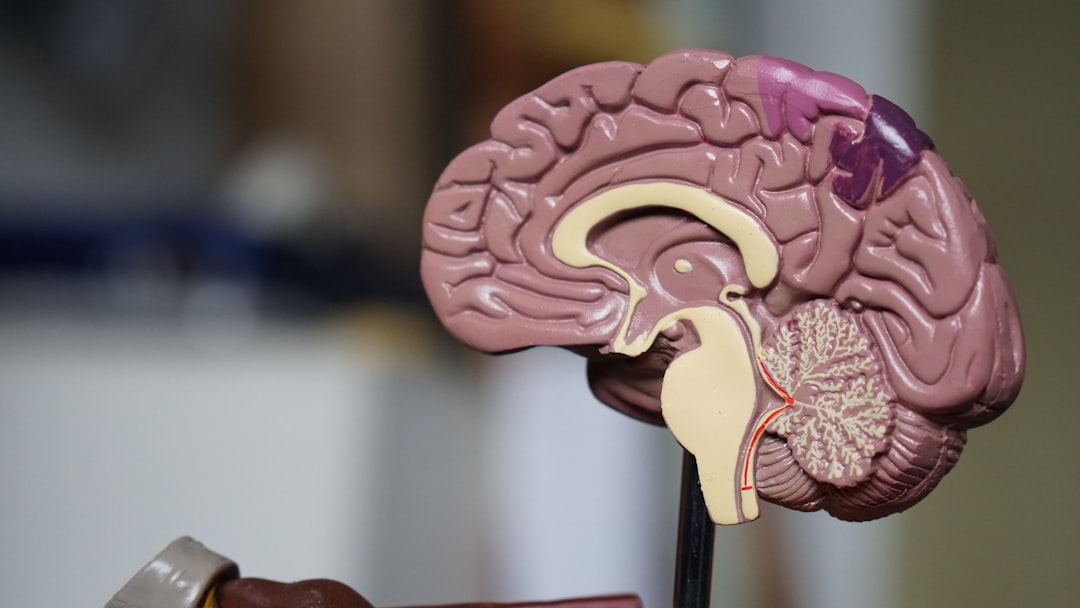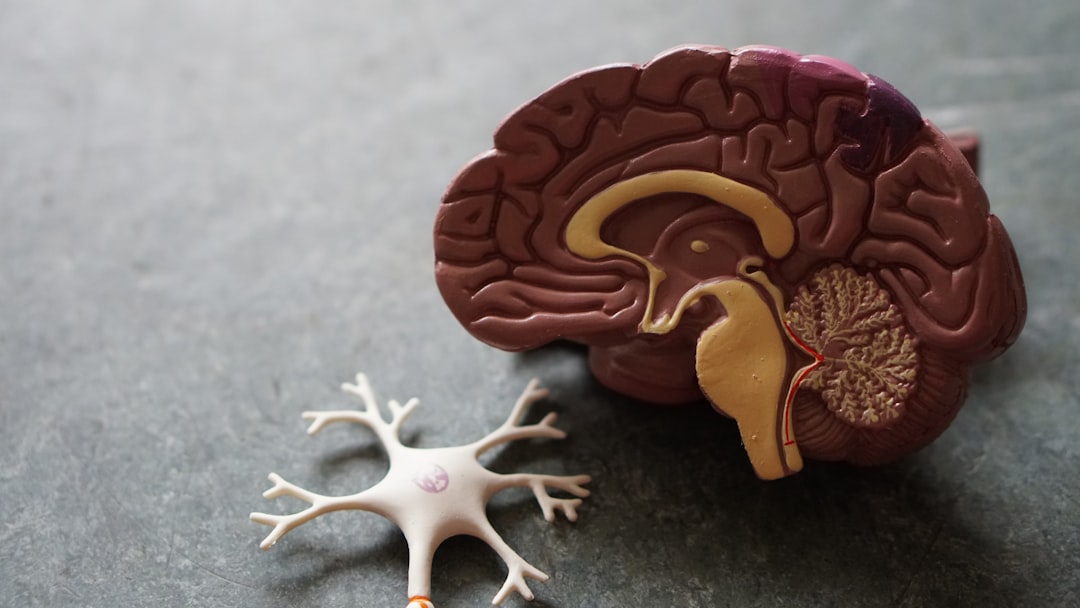
Traditional antidepressants are partially effective, as a lot of patients suffer from treatment-resistant conditions. Ketamine treatments and transcranial magnetic stimulation (TMS) have proven to be the two most promising forms of therapy in reducing persistent symptoms.
Choosing between ketamine treatment and TMS involves understanding their differences, including treatment protocols, session durations, short-term and long-term benefits, potential side effects, and how each treatment aligns with your needs.
Ketamine
Ketamine was created as an anesthetic known for its dissociative properties. The drug is administered in low doses by a certified professional who ensures the patient is comfortable throughout the process. Ketamine is suited for those seeking rapid relief and therapeutic benefits for mental and physical conditions, unlike traditional psychiatry, which often relies on long-term medication.
How does ketamine therapy work
Ketamine works by targeting the glutamate system in the brain, responsible for neural connectivity. Altering patterns of brain activity can relieve symptoms of various mental health disorders, including PTSD, depression, and other mood disorders. A personal treatment plan is designed to improve unique symptoms of every patient, with methods and treatment frequency chosen to fit the individual’s needs. Ketamine is administered by trained professionals following strict treatment protocols in a medically supervised and comfortable setting. Each treatment follows a three-phase protocol, with preparation, medicine, and integration phases, for long-term healing and relief.
Different types of ketamine therapy
Ketamine is a versatile drug that provides several methods of treatment, each with unique benefits, according to the patient’s therapeutic goals and preferences. Each ketamine treatment offers a different medical application, patient guidance, and monitoring tailored to individual needs.
- Intravenous (IV) ketamine therapy: IV ketamine treatment involves applying precise doses of ketamine into the bloodstream via infusions. This type of therapy offers a rapid onset in a private, controlled setting. IV ketamine sessions usually last 1 hour, with the dissociative state beginning within 20 minutes after the infusion begins.
- Intramuscular (IM) ketamine therapy: IM ketamine treatments involve administering ketamine by injecting it into large muscles such as the deltoid muscle of the shoulder. It is typically administered in two separate injections, a small dose at the beginning to help ease into the experience, with the full complement of the dose being given 10-20 minutes later. Peak dissociation usually occurs within 15-20 minutes after the second injection.
- Nasal ketamine therapy (esketamine): Nasal ketamine treatment, by Spravato®, is a nasal spray treatment containing esketamine. This treatment is FDA approved, adjusting the brain’s glutamate receptors, which are responsible for mood regulation. Esketamine nasal spray is suited for those struggling with treatment-resistant depression (TRD) and major depression with suicidal features, rapidly reducing depression symptoms, unlike traditional antidepressants.
What can ketamine therapy help with
Ketamine is becoming a popular treatment for a range of mental health conditions, particularly those that are resistant to traditional psychiatric treatments. The effects are fast-acting and provide symptom reduction and relief within hours or after a few sessions, compared to regular antidepressants, which can take much longer to produce noticeable effects. Ketamine can help with conditions such as:
- Treatment-resistant depression
- Mood disorders
- Anxiety
- Post-traumatic stress disorder (PTSD)
- Obsessive-compulsive disorder (OCD)
- Eating disorders
- Chronic pain and headaches
- Effective in reducing suicidal ideation
Transcranial Magnetic Stimulation (TMS)
TMS has been around for over two decades and has since gained recognition as an evidence-based treatment for individuals seeking safe alternatives, particularly for treatment-resistant conditions.
Transcranial magnetic stimulation is a procedure that uses magnetic fields to stimulate the brain. Since the technique is non-invasive and has minimal side effects, the patient can return to daily activities after the sessions. The duration of the treatment can vary depending on the patient, sessions are usually repeated daily during weekdays over several weeks.
Response and remission rates of various treatments [co-psychiatry]
How does TMS work
Transcranial magnetic stimulation (TMS) treatment involves placing an electromagnetic coil on the recipient’s head. The coil is placed above the dorsolateral prefrontal cortex (DLPFC), a part of the brain that helps with cognitive control and regulating emotions. The magnetic pulses increase the brain’s activity by targeting nerve cells in that specific area.
The standard TMS treatment plan involves daily sessions, five days a week, for 4 to 6 weeks. Many patients see results after the first few weeks, while others feel the benefits after completing the full treatment.
What can TMS help with
TMS is used in reducing symptoms of various mental health conditions. By stimulating the specific areas of the brain and changing the activity, patients have reported a decrease in depressive symptoms, obsessive-compulsive behaviors, anxiety levels, and overall improvement in the quality of life.
Repetitive transcranial magnetic stimulation (rTMS), the original form of TMS, has been shown to improve depression symptoms in approximately 50% of recipients, with over 30% achieving remission.
TMS offers alternative treatments for complex conditions such as:
- Major depressive disorder (treatment-resistant depression)
- Post-traumatic stress disorder (PTSD)
- Obsessive-compulsive disorder (OCD)
- Anxiety
- Chronic pain

Ketamine therapy VS TMS comparison
Both ketamine and transcranial magnetic stimulation (TMS) have been proven to work, even for individuals who are not responding to other forms of treatment for their mental health conditions. When choosing between the two treatments, several practical and medical factors come into play, such as lifestyle, medical history, symptom patterns, and other personal factors.
No treatment is universally effective, but both ketamine therapy and TMS offer alternative ways of treatment to traditional medication and therapy. Treating mental health conditions requires a personalized approach to cater to the individual needs of each patient and get the optimal benefits.
| Ketamine | TMS | |
| Duration of session | Approximately 2 hours in total | 20–40 minutes per session |
| Onset of effectiveness | Rapid onset, effects are noticeable after the treatment | Gradual improvement may take multiple sessions for noticeable effects |
| Duration of treatment | Typically 6 sessions with booster sessions if needed | Usually 5 sessions a week for 4-6 weeks |
| Common side effects | Dizziness, mild nausea, and visual disturbances | Headaches, neck, or scalp discomfort, lightheadedness |
TMS treatment process step-by-step
- Evaluation: Thorough medical and psychiatric evaluation to ensure that TMS is the right choice for the patient.
- Choosing a treatment plan: The TMS provider finds the specific area of the brain for stimulation after discussing symptoms, treatment history, and individual needs.
- Positioning and preparation: The patient is seated on a comfortable chair, and the magnetic coil is placed on their head at the angle that targets the specific area.
- Finding the motor threshold: The TMS protocol involves establishing the ideal intensity of the TMS device.
- The treatment: The process is painless. Many patients report feeling slight discomfort and a tapping sensation on the scalp.
- Post-treatment period: The progress of each session is monitored and reviewed to determine its efficiency and the length of the treatment.
Ketamine treatment process step-by-step
- Evaluation: Thorough medical and psychiatric evaluation, including current symptoms, treatment history, and personal healing goals.
- Choosing a treatment plan: After the evaluation, the treatment plan is chosen between IV, IM, or nasal therapy.
- Preparation phase: Patients are prepared for the process by doing guided meditations and grounding techniques.
- Medicine phase: A precise ketamine dose is administered by a clinical specialist.
- Integration phase: Patients regain full consciousness from the dissociative state, which usually lasts between 40 to 90 minutes. During the integration, patients can reflect on the experience and process the new insights they gained through the session.
Each offers carefully tailored protocols and distinct therapeutic benefits, innovating the field of psychiatry and expanding treatment options for individuals seeking relief.
Both ketamine therapy and transcranial magnetic stimulation (TMS) stand as valuable alternatives to conventional psychiatric treatments, following evidence-based strategies that focus on better quality of life and long-term healing.
You might also be interested in reading about:





